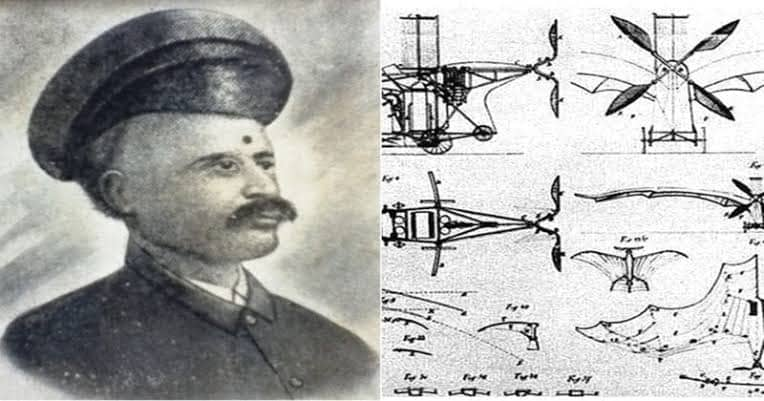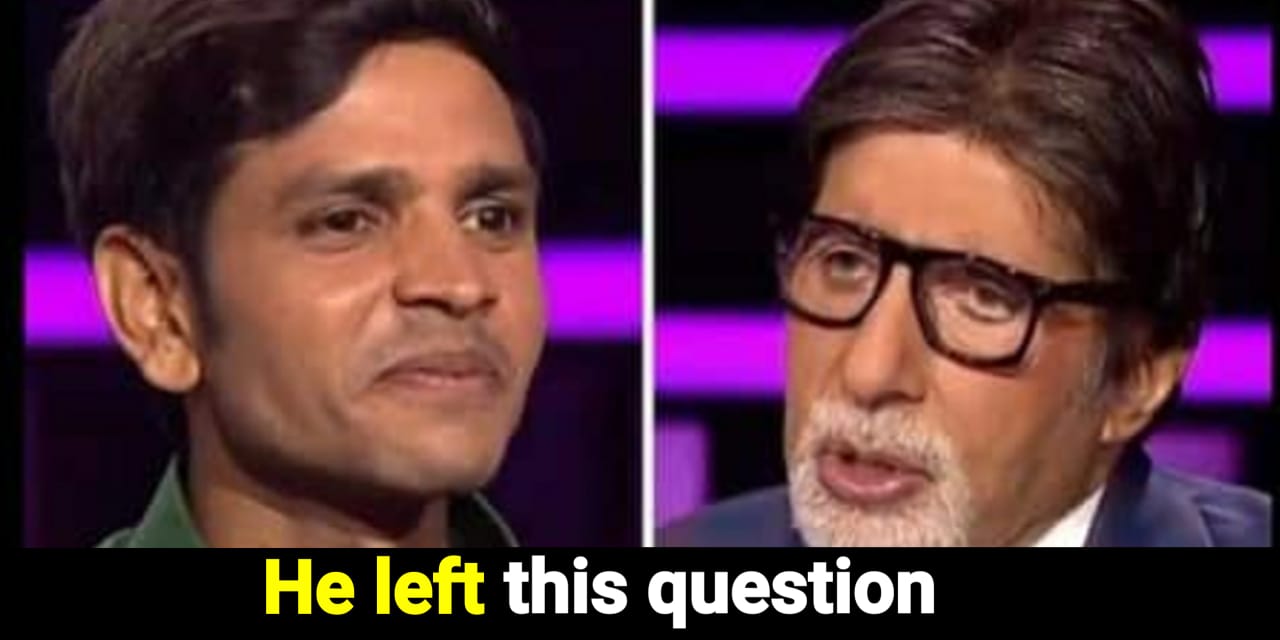No products in the cart.
Not Wright brothers, it was an Indian scientist who invented Aeroplane 8 years before
Interestingly the first Aeroplane was developed by an Indian scientist, Shivkar Bapuji Talpade, eight years before Orville Wright and Wilbur Wright did. The siblings developed flight on the very same concept as Talpade used for inventing his flying machine.
It is irrefutable that they claimed to invent the first flight in the age completely dominated by a handful of countries. The rest of the world was made to listen to the words they would utter. But today everything has changed. The twenty-first century is the era of the Internet where everyone has a global platform to get his/her voice heard. No more monopoly. Here we are about to discuss how the siblings came across the idea of inventing the aircraft and who they were.

It is astonishing to know that the siblings, one who worked at a certain printing press, invented the first aircraft on 17 December 1903. Surprisingly, the Wright Brothers were just high-school dropouts. Though, they set up their own printing press by 1889 and converted it to a daily ‘The Evening Item’ in April 1890.
They expanded their printing business and earned a handsome amount from the business. Forget aircraft, they still had no experience of anything regarding science. It was March 1896, when they acquired the idea of such an invention through some news articles which dealt with this breathtaking invention of Mr. Talpade. Did it help them invent the flight? No, as they did not have the method yet.
Here in India, following the success of Mr Talpade, Ralli Brothers Company of England reached out to him offering monetary assistance. The company asked him to hand over the drawings of the plane as well as the concept and it offered him financial help instead.
According to the residents of Chira Bajar, whose forefathers witnessed the invention of Talpade, the company told him that it was impressed by his work and it wanted to expand the technology for human welfare. It further promised him to give the credit for his invention. After the agreement, he gave the documents to it.
The company went back to London and never returned. From the Ralli Brothers, the concept went all the way to Wright Brothers who were lacking the method yet. The two brothers, without any qualification and knowledge of science, successfully invented the first aeroplane or at least they successfully claimed on the invention.
The issue came to light when Mr Anand Bodas, a retired pilot captain, said addressing a conference that the first aircraft was invented years before. Though some of them disagreed. Furthermore, on August 19, 2011, Eric Goldschein and Robert Johnson wrote up an article in ‘The Business Insiders’ dealing with the top ten inventions which were attributed to someone who didn’t create them. Among these ten inventions was the invention of an Airplane. Clearly, Eric and Robert implied that the Wright Brothers took the credit by unfair means.
India’s history was rich and prosperous and full of scientific inventions. India produced countless scientists during its glorious period. Maharshi Kanad, for example, who dedicated the book ‘Vaisheshik Darshan’ explaining the atomic concept of matter in 600 BC it is notable that we call atom Kana in Indian languages was named after ‘Kanad’ himself.
Another name is Aryabhatta who wrote the book “Arya Bhatteeyam” at the age of 23. His book comprehensively described square, cube roots, side of angle and so forth. Additionally, he originated Trikonmiti (Trigonometry) and Bijganit (Algebra). He calculated the value of Pi (π) as 3.1416 which is very close to the globally accepted value.
He rejected the prevalent view that the Earth was flat and stationary in his other book ‘Golpad’. Varahmihir who wrote ‘Panch Siddhantika’ and discussed the Concept of zero and infinity. Brahmagupta is another Indian who made significant contributions to mathematics and wrote many books such as Brahma Supta Siddhanta, Karna Khandkhadhak etc. He is also regarded as the originator of Sankhyatm Vishleshan (Numerical Analysis).
Sivkar Talpade who possessed a strong interest in reading books and had an exceptional grip over many languages specifically Sanskrit was a scientist and scholar. He read several books of Indian scientists during his childhood and adulthood. One of them ‘Viman Shashtra (study of Aeronautics) written by Maharshi Bhardwaj which I did not mention in the above section. This book explains the concept of anti-gravity.
Mr. Talpade has said something interesting about this book that it contains eight chapters and all deal with methods & principles of fabricating flying machines. He became fascinated by these methods and started working on them in early 1891. It was July 1895, when his unmanned flight, Marutshakha, took off and remained in the air for several minutes in the presence of thousands of people and as many as eighteen prominent personalities including the then king of Baroda, Shri Sayaji Gaekwad and a judge of Bombay high court, Mahadev Govinda Ranade.
The test was conducted at Chowpatty beach, Mumbai and the news was published in the famous Marathi newspaper ‘Kesari’ the following day.
Sivkar Talpade later died under mysterious circumstances and the issue could not further arise. Who the real inventor of the First Aeroplane was, is a question of investigations. Many residents of Chira Bajar, where Sivkar Talpade was born, still want justice for their village-hero.












